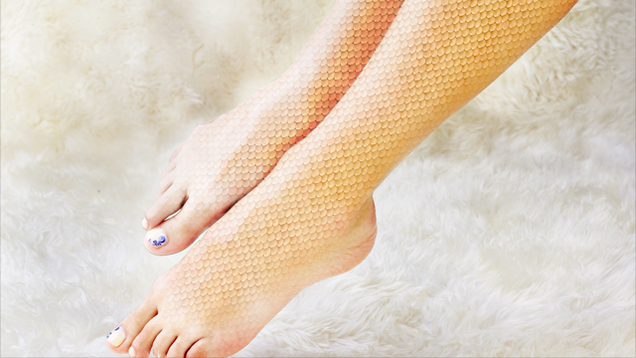
#WINTER ITCH SKIN#
Both the skin oils and the dead skin cells hold a certain amount of water that helps keep the skin soft, pliable, and smooth.ĭry skin results when there is not enough water in the top layer of skin for it to function properly. These natural skin oils keep the water inside our body from escaping into the air and also keep irritating substances and germs from entering the body. The outermost layer of the skin consists of dead skin cells embedded in a mixture of natural oils that are made by underlying living skin cells. If concerned about infection, consult your dermatologist or family physician.Īlso, if your skin is very dry, or if you have an associated red dermatitis, it is a good idea to seek the advice of your dermatologist or family physician. The appearance of yellow crusts or pus in these areas indicates that a bacterial infection is developing. Round, scaly, itchy, red patches scattered over the legs, arms, and trunk may appear. Dry skin and scratching may result in a dermatitis or eczema when the skin becomes red in addition to dry and scaly.

Dry, thickened skin can crack, especially in areas subject to chronic trauma (e.g., hands and feet), causing painful cracks in the skin. Repeated rubbing and scratching can produce areas of thickened, rough skin (lichenification). Problems associated with dry skinĭry skin very commonly produces itching, which can be severe and interfere with sleep and other daily activities. Dermatologists often call dry skin "xerosis" or "asteatosis". Dry skin occurs most commonly on the arms and legs, but can also affect the trunk of the body.


#WINTER ITCH CRACKED#
In more advanced cases, fish net-like cracks resembling the fine fracture lines of cracked porcelain can occur. The normally fine lines in the skin become more visible, the skin feels rough and appears dull and flaky. It can occur at all ages and in people with or without other skin problems. You may need a prescription medication to relieve your symptoms.Įditor’s note: This updated blog was originally published on March 25, 2013.Dry skin is a very common skin problem and is often worse during the winter when environmental humidity is low (i.e., "winter itch"). If these simple measures do not help, see your dermatologist or contact us. The good news is that once spring arrives, the ambient air is moister, and skin dryness and itch tend to improve. If you don’t have one, place bowls of water on top of radiators.

Step 4: Don’t dry your skin completely after showering just pat dry with a towel.Soap is not really required all over the body every day!
#WINTER ITCH FREE#
Step 2: Use a mild unscented soap or soap free cleanser, such as Dove or Cetaphil.It’s always tempting to take a long hot shower in winter, but this will make your skin’s dryness and itching worse. This infographic shows in 6 easy steps what you can do to minimize your symptoms and moisturize your skin more effectively. A lot of our patients at SkinCare Physicians are experiencing dry itchy skin at this time of year.


 0 kommentar(er)
0 kommentar(er)
